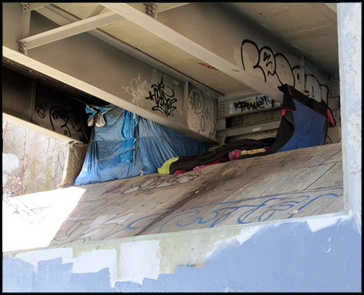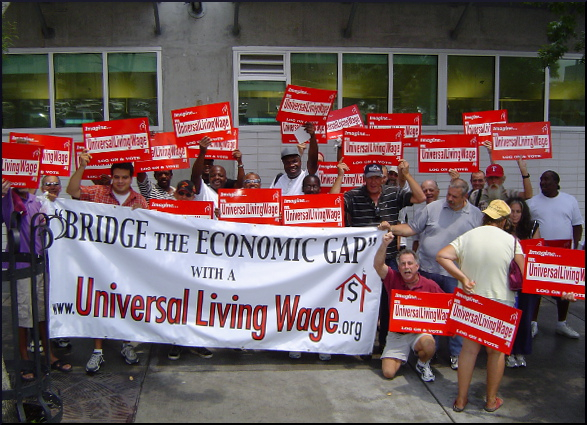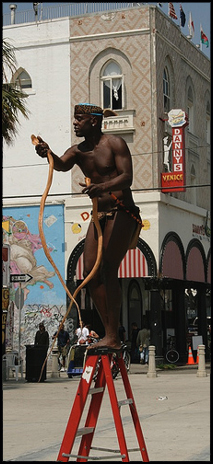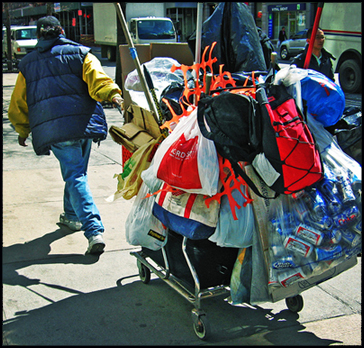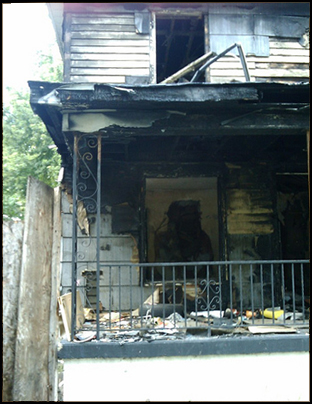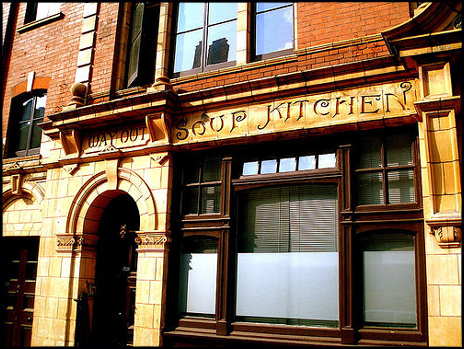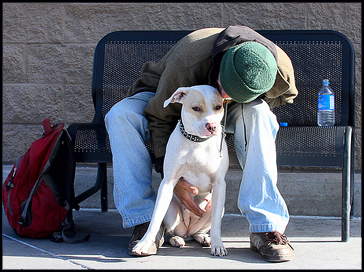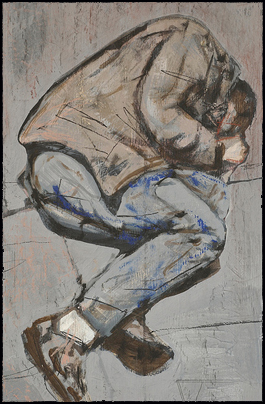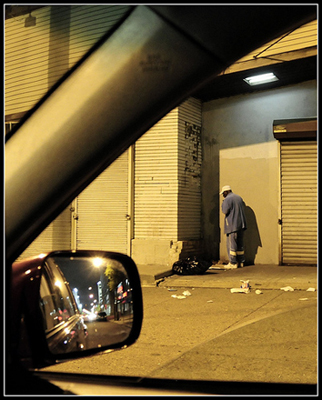
Registered sex offenders have a very rough time, since they’re forbidden to live near anything except a toxic waste dump. Okay, that’s a slight exaggeration. And some might say, why remind the audience of their least favorite variety of people experiencing homelessness? Unhoused people do come in many shapes, sizes, colors, occupations, and states of physical and mental health; and some of them, it’s true, have been convicted of sex crimes, and they have served time for it.
There are three things to remember. One, not every accused and convicted person is guilty. Two, the term “sex offender” covers not only the pedophile with a long history of molesting kids, but the youth convicted for having sex with his underage girlfriend, and the guy who has downloaded kiddie porn to his computer.
In terms of public menace, there’s a difference. Nobody here is condoning any kind of sex crimes. But if you’ve ever had a family member or a friend who ran afoul of the law in this way, you know what a slim chance they have of living a normal life again.
Now, here comes the really big theme: If the problem of homeless sex offenders can be solved, it will go a long way toward improving the general public opinion toward people experiencing homelessness, and possibly prevent some hate crimes. What stands in the way, in more than 30 states, are the restrictions on where an ex-offender may live.
Iowa was the first state to create tough residency restrictions. Consequently, the number of “whereabouts unknown” sex offenders doubled. When Kansas enacted its law, a constitutional challenge was slapped down, encouraging other states to “get tough” too. When residency requirement laws were enacted in various states, they not only forced some ex-offenders out of homes they rented or even owned, and cost them their jobs, but had made it nearly impossible for those newly released from prison to find anywhere to live at all. Some would even have families to return to, if not for rules about distance from places frequented by children.
The year 2006 saw the enactment of Jessica’s Law in California, named after the victim in an especially heinous case. In the following years, other horrendous crimes have taken place in the state regardless, and there were other unintended consequences. Within two years, the number of transient sex crime parolees rose by 800%. As of last month, the ban had led to what one reporter called “a dangerous 24-fold increase in the number of homeless sex offenders.” [The link is ours.] Isn’t that, like, a 2,400% increase? Sounds awful, when you put it that way.
With residency restrictions, ex-offenders tend to move to rural areas, where it’s easier to live far from a school or park, but this is difficult for the settled country residents. In the city, any landlord willing to rent to these unwanted people will probably be overwhelmed with applications. Washington Post reporter Karl Vick pointed out that in Long Beach, 19 ex-offenders ended up living in the same small apartment complex, and Carson had 30 pariahs in one hotel.
This kind of thing is alarming, so the neighbors become irate and active, and do whatever they can to eject the frightening newcomers… who are soon homeless once more, adding another spiral to the vicious circle. In Orange County, over a third of registered sex offenders are homeless, and a lot of them live in an encampment in the industrial part of Anaheim, the same town where Disneyland is located, which is kind of weird.
Understanding how unreasonable residency restrictions are, judges had been granting exemptions to parolees on an individual basis, but what a waste of court time and public money it is. Then, the state Superior Court recently found some parts of Jessica’s Law unconstitutional. A recent Los Angeles Times editorial said,
Before parents shudder at the thought of sex offenders now being allowed to live within 2,000 feet of schools and parks, they should remember the utter lack of evidence that the restriction ever kept a child from being molested.
Jessica’s Law could not change the ugly fact that most child victims (93%, according to the Justice Department) are molested by someone they know, family members or friends of the family, who live in the same house or have unquestioned access to their victims, and no prior convictions to provide a clue. Neighborhoods refuse to recognize that, preferring to obsess about strangers, and enjoying a false sense of security if the strangers can be kept at bay.
Of course, with limited funding and resources, it’s easy to think, “Wait a minute, why should we find housing for ex-convicts, when there are so many deserving young families out in the cold?” The prioritizing of who should be helped first is too big a question to go into right now.
The bottom line is, as many are beginning to discover, it’s better to be “smart on crime” than “tough on crime.” Even Georgia, not a notoriously liberal state, has loosened up, abandoning residency restrictions for those who have committed offenses before 2003. The state officials might even decide to exempt the elderly and disabled ex-offenders.
Coming Up: The Homeless Ex-Offender, Part 2.
Reactions?
Source: “The flaw in Jessica’s Law,” Los Angeles Times, 11/06/10
Source: “Laws to Track Sex Offenders Encouraging Homelessness,” The Washington Post, 12/27/08
Image by Tony the Misfit, used under its Creative Commons license.

